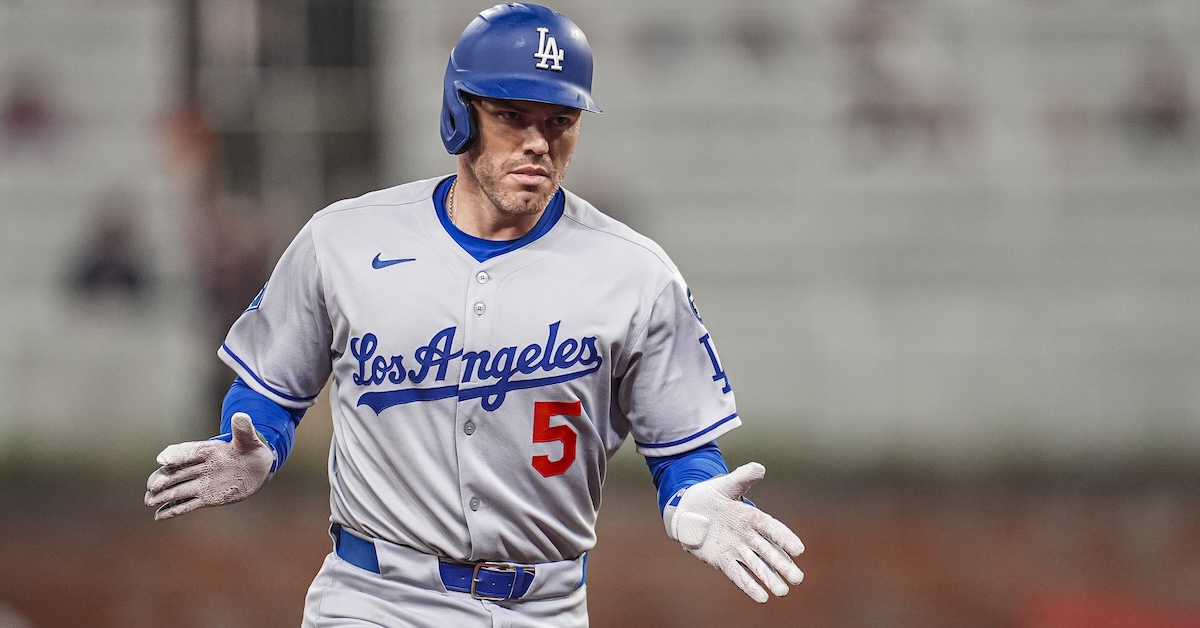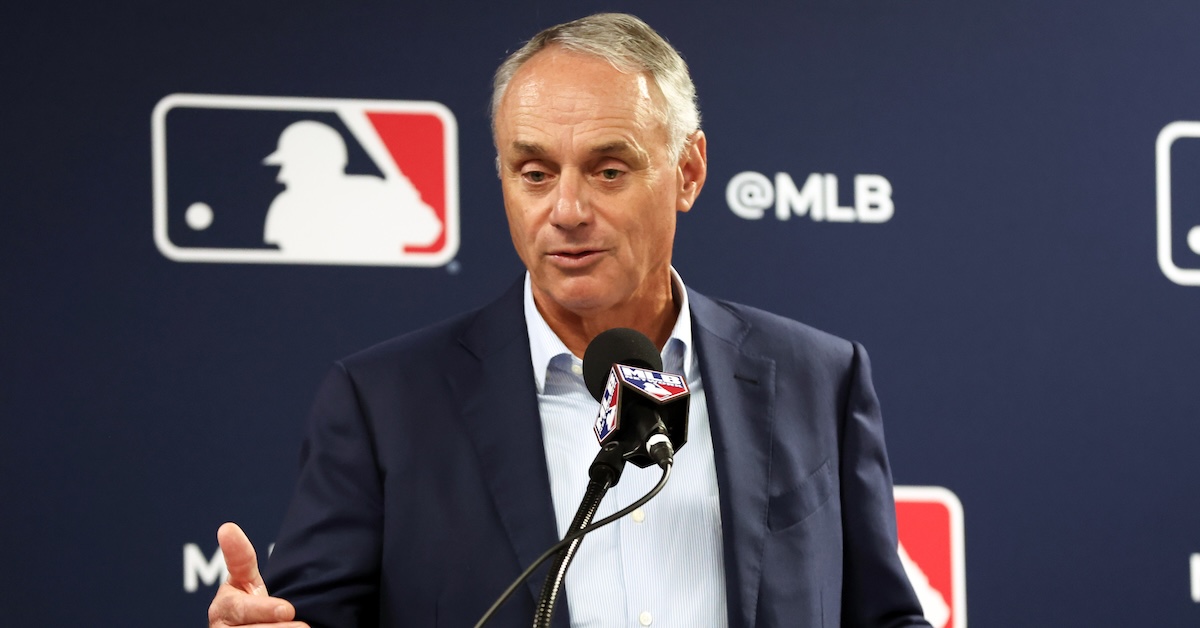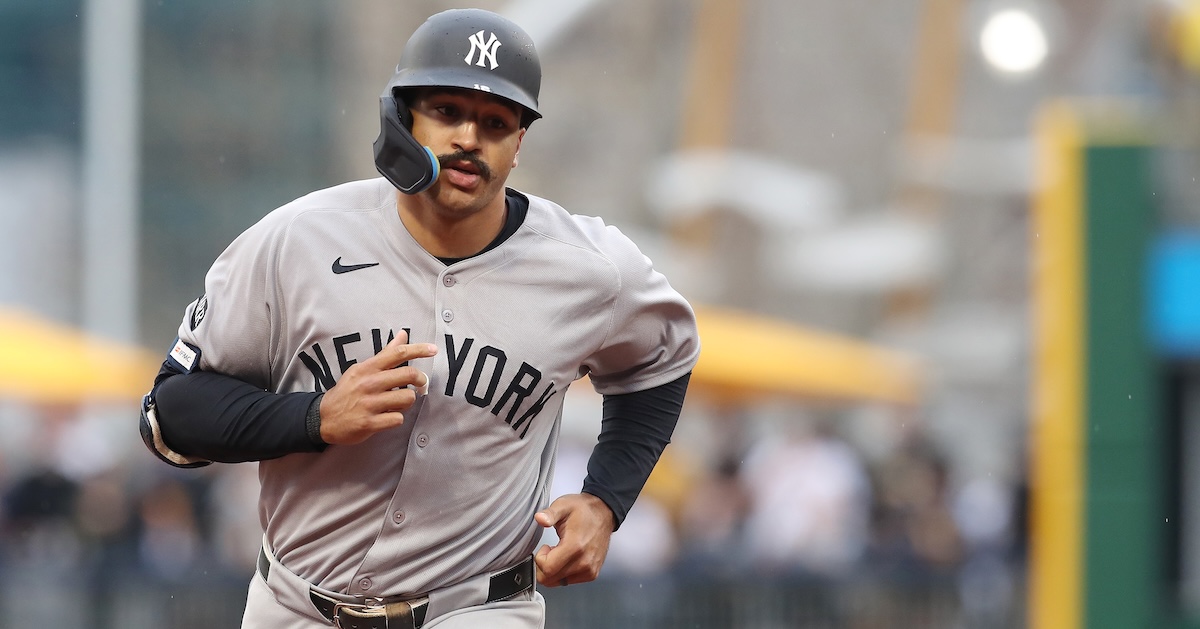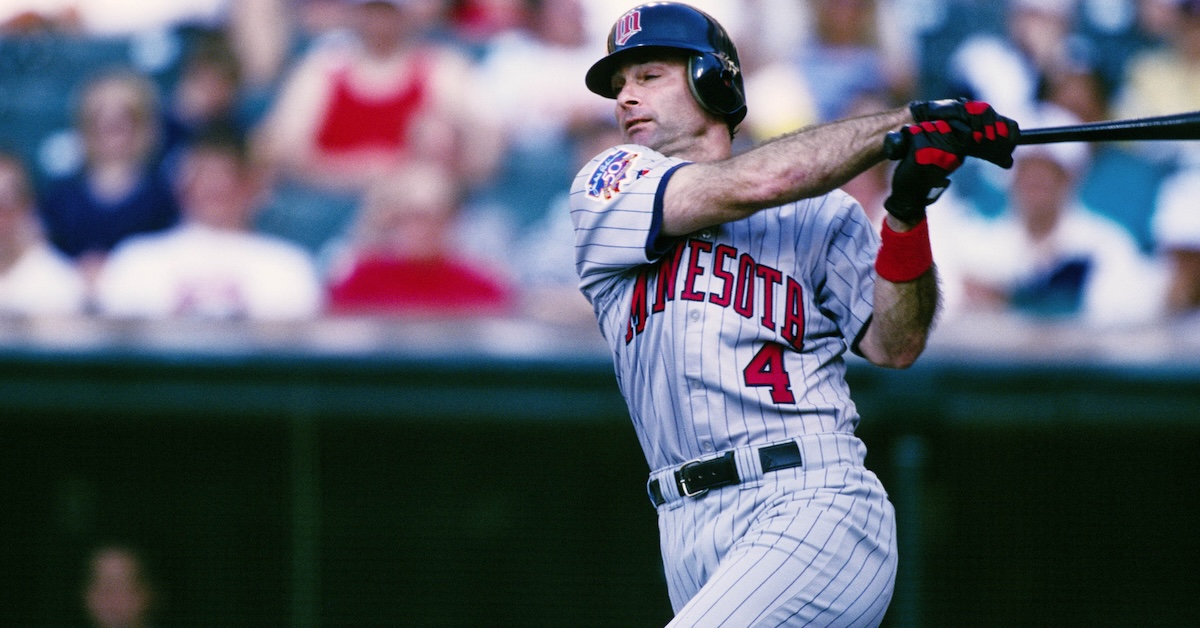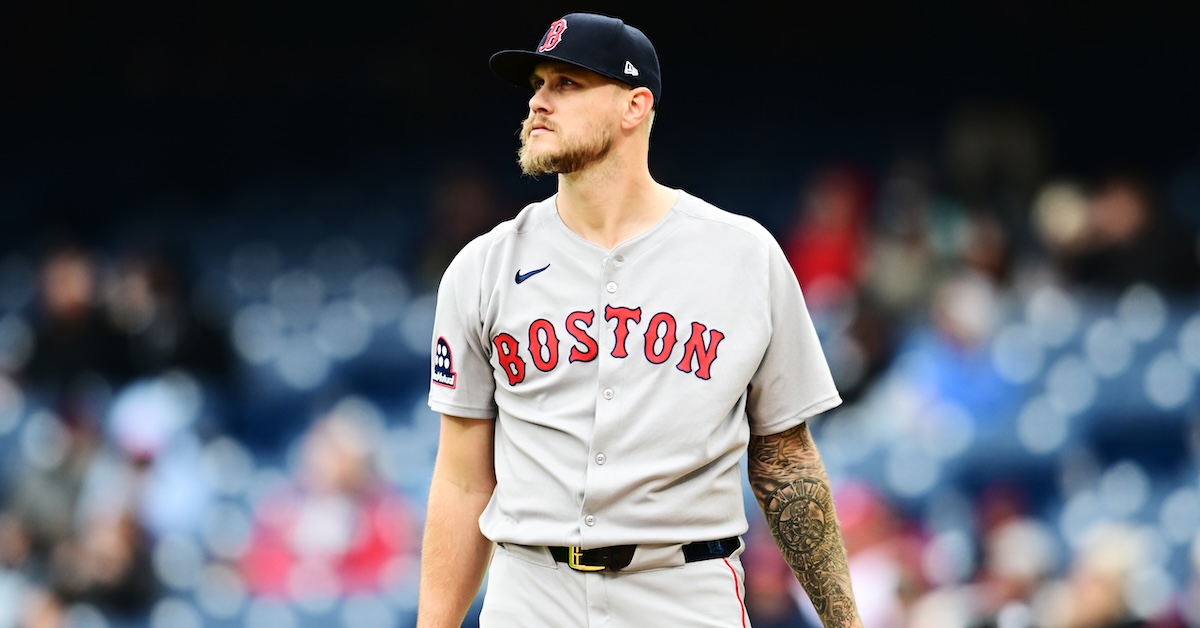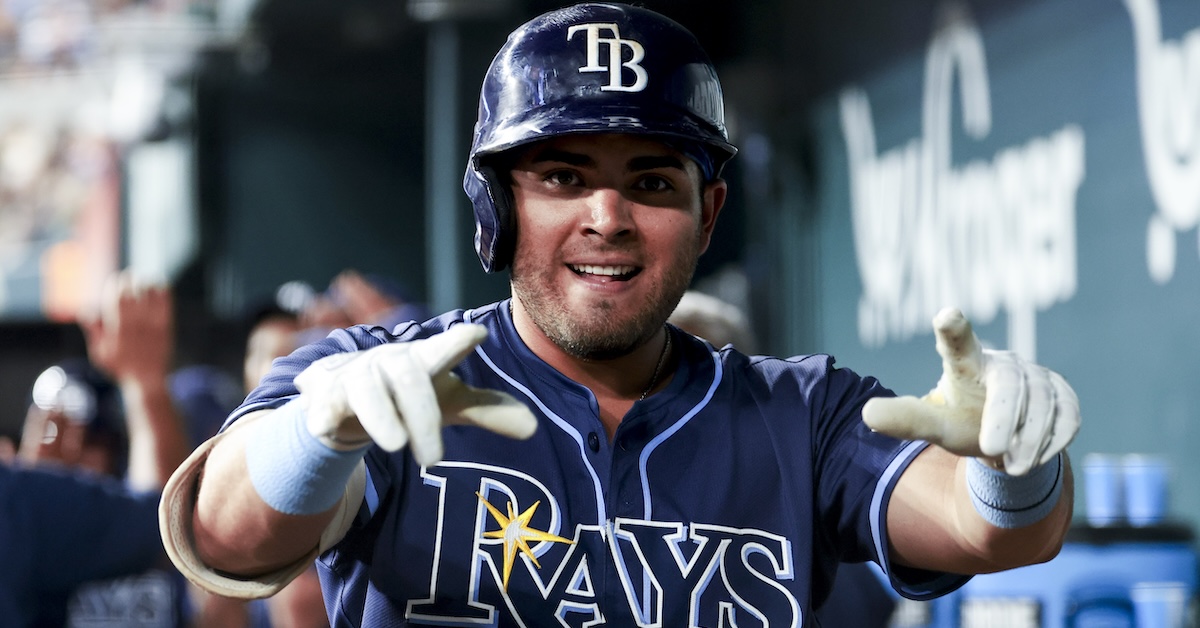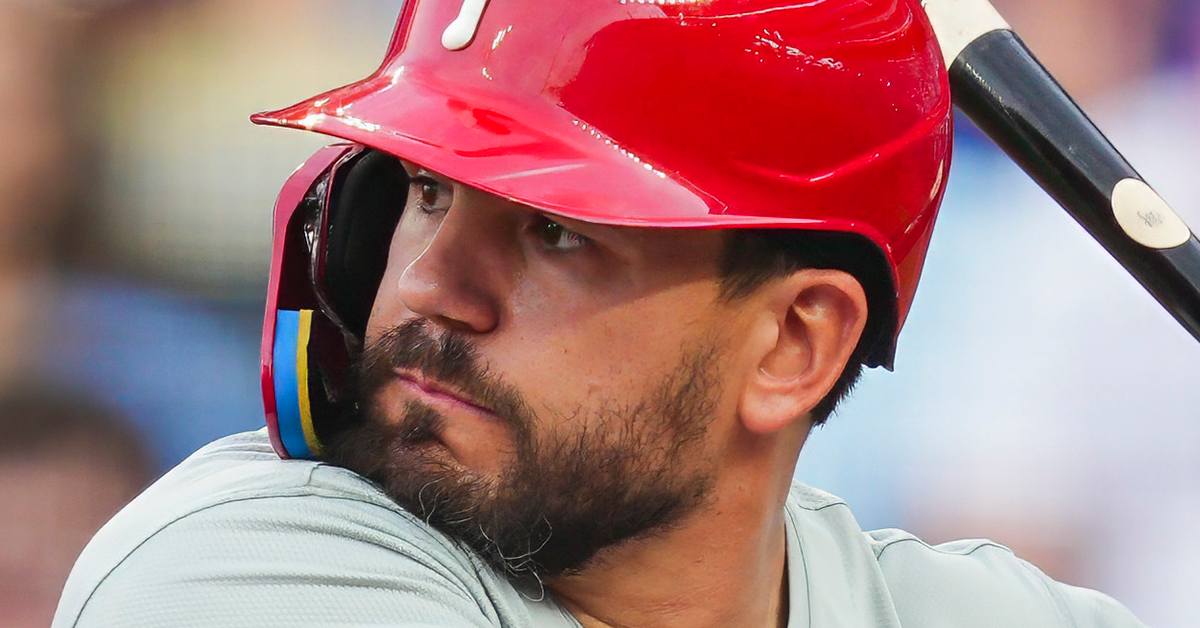Rich Hill Starts Yet Another Climb, This Time With the Royals
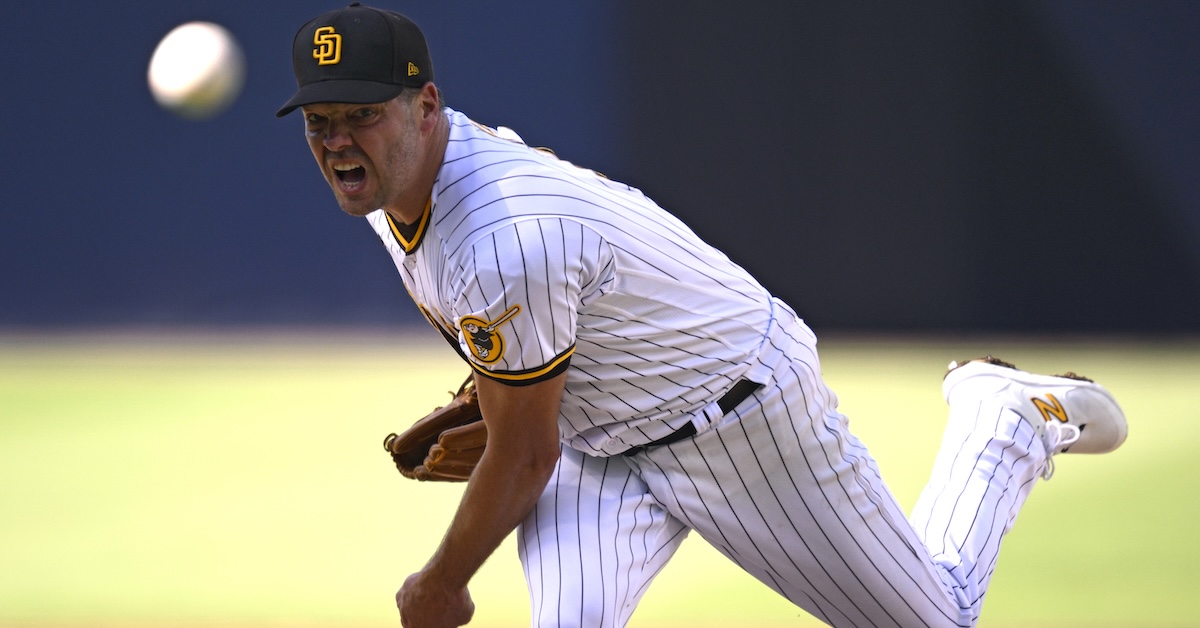
Rich Hill has a chance. On Tuesday, the Royals announced they had agreed to a minor league deal with the 45-year-old left-handed starter. He began his professional career in 2002 with the Boise Hawks, who are no longer part of affiliated baseball. Hill’s journey from the majors to independent ball, then back to a career renaissance in his late 30s is one of the game’s true feel-good stories, and it’s not over yet. If he makes it to Kansas City, he’ll tie Edwin Jackson as the most useful player on Immaculate Grid, with appearances for 14 different major league teams. However, that’s by no means a sure thing.
Hill started the 2015 season – yes, this historical overview section is skipping over the first 13 years of Hill’s professional career – with the Long Island Ducks of the Atlantic League. The Red Sox signed him that August, and from 2015 to 2020, he went 43-22 with a 2.92 ERA and 3.48 FIP. Over that stretch, relying (sometimes exclusively) on a four-seamer that averaged under 90 mph and a loopy curveball, Hill put up 10.7 WAR, struck out nearly 29% of the batters he faced, and pitched in two World Series to a 1.80 ERA.
The 2021 season, when Hill was 41, marks a dividing line. Over the past four seasons, he owns a 4.51 ERA with a 4.42 FIP and a 4.52 xFIP. His strikeout rate has fallen to 21.1%. In 2023, Hill posted a 4.76 ERA with the Pirates, then imploded after being traded to the Padres at the deadline, running an 8.23 ERA and 6.77 FIP over 10 appearances. He sat out the beginning of the 2024 season to spend time with his family, then joined the Red Sox in August, putting up a 4.91 ERA with ugly peripherals over four appearances and 3 2/3 innings. For the first time, his fastball didn’t reach 90 mph even once. The team released him in early September. Read the rest of this entry »

